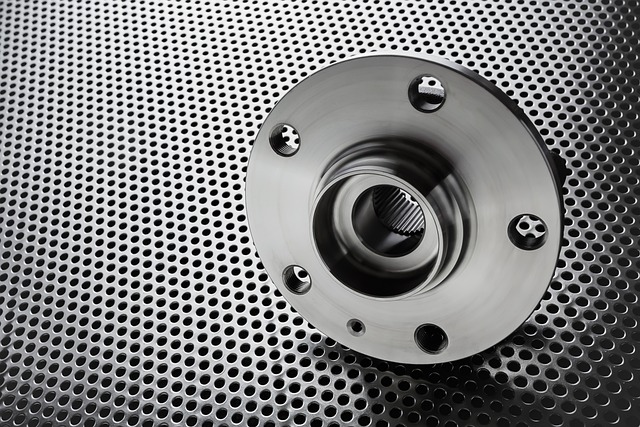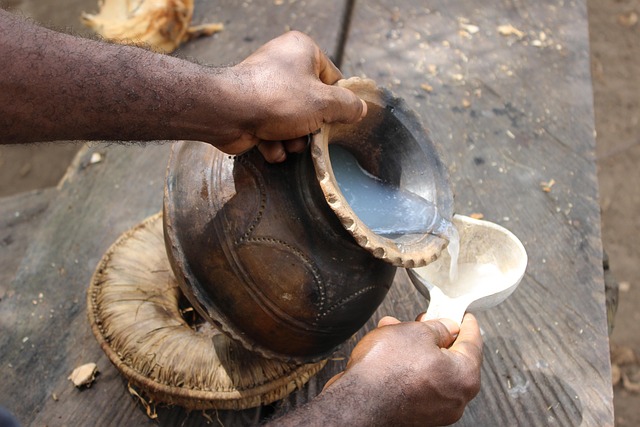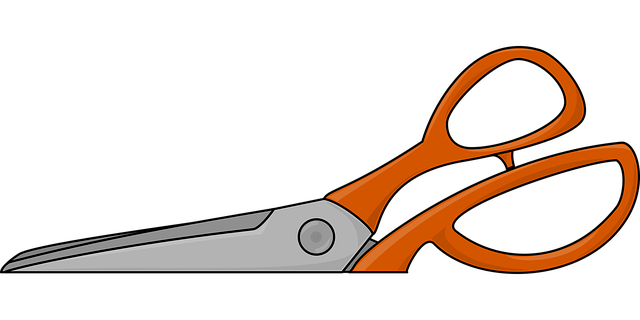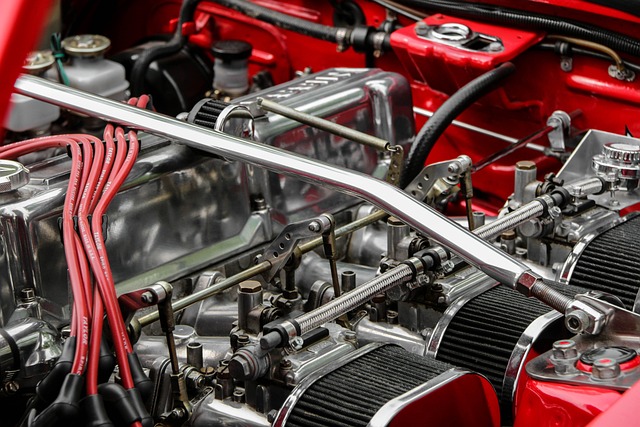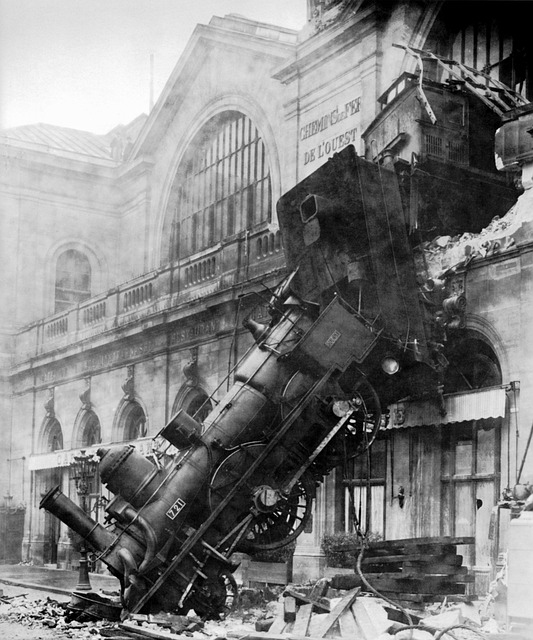Post-accident frame analysis is a crucial process for insurance companies, enabling detailed examination of vehicle damage beyond initial visual assessment. Professionals meticulously inspect and document every aspect of a car's structure using advanced tools and techniques to determine the extent of necessary auto maintenance or restoration, including paint repair. This method distinguishes pre-existing from accident-related damages, ensuring fair claims settlements, streamlining processes, fostering transparency among insurers, policyholders, and repair shops, and enhancing customer satisfaction.
Insurance firms rely on post-accident frame analysis as a crucial tool for evaluating claims. This methodically structured approach delves into the circumstances surrounding an incident, helping insurers make informed decisions. By examining the context, sequence of events, and contributing factors post-accident, firms enhance claim processing efficiency and accuracy. This analysis ultimately leads to improved customer satisfaction, fostering trust in the insurance process. Understanding this key practice reveals why it’s essential for the industry’s effective risk management.
- Understanding Post-Accident Frame Analysis: A Key Tool for Insurance Claims
- The Rationale Behind Its Relevance in the Insurance Sector
- How This Analysis Impacts Claim Processing and Customer Satisfaction
Understanding Post-Accident Frame Analysis: A Key Tool for Insurance Claims

Post-accident frame analysis is a crucial tool for insurance claims, offering a detailed examination of vehicle damage beyond initial visual assessment. It involves a meticulous process where professionals inspect and document every aspect of a vehicle’s structure, from frame bends to component alignment, using advanced tools and techniques. This method provides an accurate picture of the accident’s impact, aiding insurers in making fair and precise settlements.
By leveraging post-accident frame analysis, insurance firms gain valuable insights into the extent of auto maintenance or vehicle restoration required, including car paint repair. It helps differentiate between pre-existing damage and accident-related issues, ensuring claims are settled equitably. This analytical approach not only streamlines the claims process but also fosters transparency between insurers, policyholders, and repair shops.
The Rationale Behind Its Relevance in the Insurance Sector
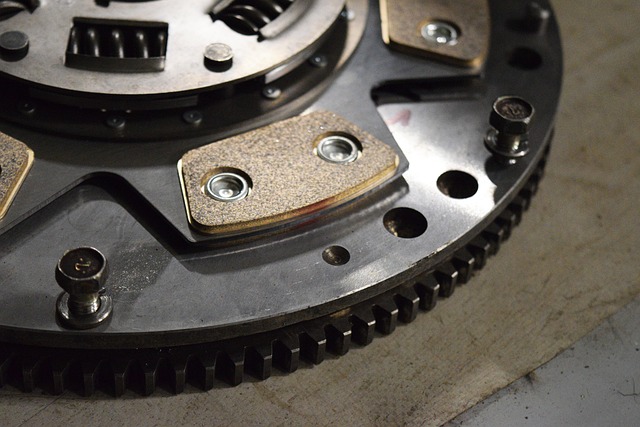
In the dynamic landscape of insurance claims management, the post-accident frame analysis plays a pivotal role in accurately assessing and mitigating risks. This detailed, holistic examination goes beyond immediate damage to delve into the broader context of an incident. By considering factors such as vehicle condition, driving history, environmental conditions, and individual circumstances, insurers can make informed decisions that better protect both policyholders and their interests.
This approach is particularly crucial in sectors like auto insurance where claims for damages, including those related to auto dent repair, car paint services, and tire services, are common. A comprehensive post-accident frame analysis ensures that every aspect of a claim is thoroughly evaluated, leading to more equitable settlements and efficient processes. This not only enhances customer satisfaction but also contributes to the overall stability and integrity of the insurance sector.
How This Analysis Impacts Claim Processing and Customer Satisfaction
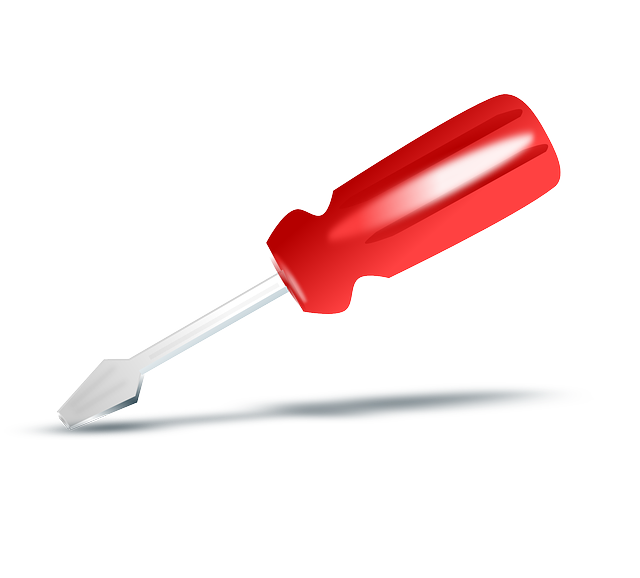
The post-accident frame analysis plays a pivotal role in streamlining claim processing for insurance firms. By meticulously examining the damage to vehicles involved in accidents, this process helps assess the scope of repairs required, enabling insurers to make informed decisions regarding settlement offers and authorization of auto repair shops or auto body repair facilities. This not only expedites the claims handling process but also ensures customers receive accurate compensation for their vehicle damages.
Moreover, the insights gained from post-accident frame analysis positively influence customer satisfaction. Transparent communication with policyholders about the condition of their vehicles and the repairs needed fosters trust. Additionally, timely authorization for auto detailing services can enhance the overall restoration experience, leaving customers content with the outcome. This level of care contributes to a positive perception of insurance companies, fostering long-term loyalty among clients.
Post-accident frame analysis is a powerful tool that insurance firms utilize to streamline claim processing and enhance customer satisfaction. By examining the context and circumstances surrounding an incident, insurers can make more accurate assessments, ensuring fair and efficient claims resolution. This analytical approach not only benefits the insurance industry but also provides policyholders with a clearer understanding of their coverage, fostering trust in the claims process. Embracing post-accident frame analysis enables insurance providers to navigate complex cases effectively and maintain a competitive edge in a highly regulated environment.




